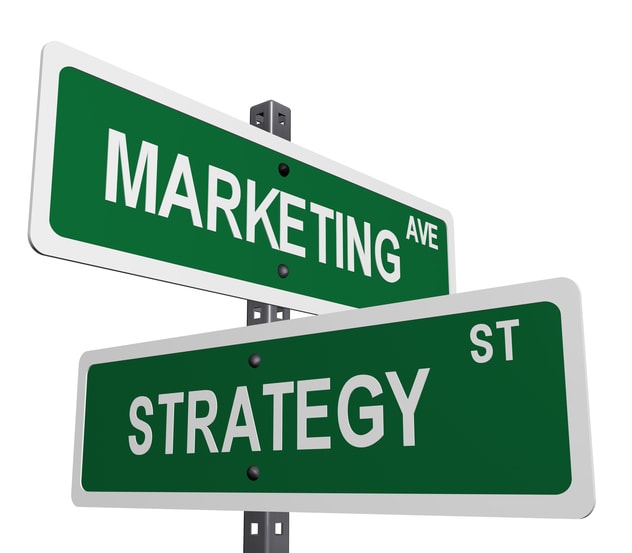By Greg Lennox
2018 is just around the corner, and it’s never too early to create your marketing plan. Now is the time to assess what worked well for your business in 2017, and identify new tactics you’d like to try over the next 12 months.
Once you’ve determined your business objectives for 2018, you can decide how best to achieve them. Drawing up a 12-month plan will take time, and you may tweak elements of it over the year; but you should try to create a solid plan that you can start to follow.
In this post I will share my thoughts on what to consider when creating your 2018 marketing plan. In addition to practical factors to take into account, they also discuss new trends that could affect your plans.
Budgeting
This is the most important thing to consider when drawing up your plans for 2018, as it will determine how much you can invest in each marketing channel.
Firstly, determine the techniques that worked well for you in 2017. Google Analytics is a great place to start, as you can assess which channels brought you the most traffic. You should also look at data from the email marketing service you use, as well as any marketing automation systems.
If PPC brought you the most leads and conversions last year, you may decide to allocate a larger proportion of your 2018 budget to that. You may also want to distribute some of your budget to a new technique, such as blogger outreach.
It’s also worth considering offline channels, alongside digital marketing. This includes events, trade shows, print, TV and radio advertising. Just be aware that measuring leads and conversions aren’t easy, so you may want to tread carefully.
If your budget is modest, perhaps choose 1-2 channels to invest in, and spend more time utilising free techniques such as SEO and owned social media.
You should always account for a certain degree of flexibility in your budget. You never know if costs will overrun slightly, or you may decide later on in the year, to invest a portion of your money elsewhere.
GDPR
This has been on the radar of many digital marketers, and if you haven’t started planning for the change in legislation, you need to act now.
The new law comes into effect on 25th May and if you’re not compliant, you could face a fine of up to €20 million or 4% of your turnover (whichever is higher). This is something you can’t afford to ignore.
GDPR will see the change in several aspects of digital marketing compliance. This includes the definition and implementation of opting-in and consenting, transparency regarding the use of cookies for remarketing, information to include in your privacy policy, and how to record and retain customer data.
If for example, you conduct email marketing, you’ll need to contact your entire database, asking them to opt-in to receive future emails. Whilst you can briefly explain why you’re doing this, you don’t need to go into the ins-and-outs of GDPR. The important thing is, to ensure customers are actively choosing to opt in, and they didn’t simply forget to untick a small grey box on your sign-up form that stated “untick if you don’t wish to receive email marketing communications from us”.
Depending on how you use customer data, there may be several actions for you to take. The best thing to do is read into the subject and seek legal advice so you know how to be compliant. You can start learning about how GDPR will affect you here.
2018 Digital Marketing Trends
20% of marketers stated content marketing was the marketing activity that was most likely to make a commercial impact on their business in 2018. This may be something you want to focus on: you could create content for your site, helping to increase your ranking on Google for chosen keywords; or create content for outreach, to gain more links.
A 50/50 split may be the ideal choice to begin with, until you work out which method works best for your brand.
The other area identified as crucial for 2018 is big data, which refers to customer and market insight. 44% of B2C marketers are currently using this to improve responsiveness, and build relationships with new and returning customers.
If you haven’t used big data before, you may want to focus on it in 2018. By analysing data, you can find behavioural and transactional methods which, if used correctly, can help to improve customer engagement and retention, as well as optimise your overall marketing performance.
For example, by identifying what your customers want, as well as how and when they want to be contacted, you can target them with relevant messages that they will engage with, encouraging them to be loyal.
Don’t Disregard Traditional Marketing
As important as digital marketing is, don’t disregard the power of traditional marketing if done correctly – in particular, trade shows.
Over 85 million people attend an event in the UK every year, with the industry worth £42.3 billion. Trade shows are popular amongst many marketers, as it provides a way to speak with potential customers and like-minded businesses.
Therefore, it’s worth considering trade shows as an aspect of your 2018 marketing plan. Choose a couple of shows that are relevant to you, and apply for a stand. You can see a list of shows that are happening all over the world in 2018 here.
Ensure you make the most of your time at each trade show. It goes without saying that your stand should be eye-catching, and shows off the products/services you offer, as that is what will initially attract visitors to your stand.
You should be friendly and engaging, answering any questions about your offerings, and collect email addresses to follow up as leads (you’ll need to be GDPR-compliant!). There’s no harm in treating trade shows as a time to conduct competitor research – see what other businesses are doing, as you may gain inspiration. You can also network with companies you aren’t directly competing with, as you may be able to share tips or potentially collaborate in the future.
With so many new marketing trends occurring in 2018, it can be difficult deciding which to prioritise alongside established channels. Ultimately, at the core of your strategy should be your business objectives, as it’s the tactics that will help to contribute towards the achievement of these.
Greg Lennox is the Owner and Managing Director of RAL Display & Marketing Ltd, a leading provider of display stands across the UK, providing portable and permanent exhibition stands.







